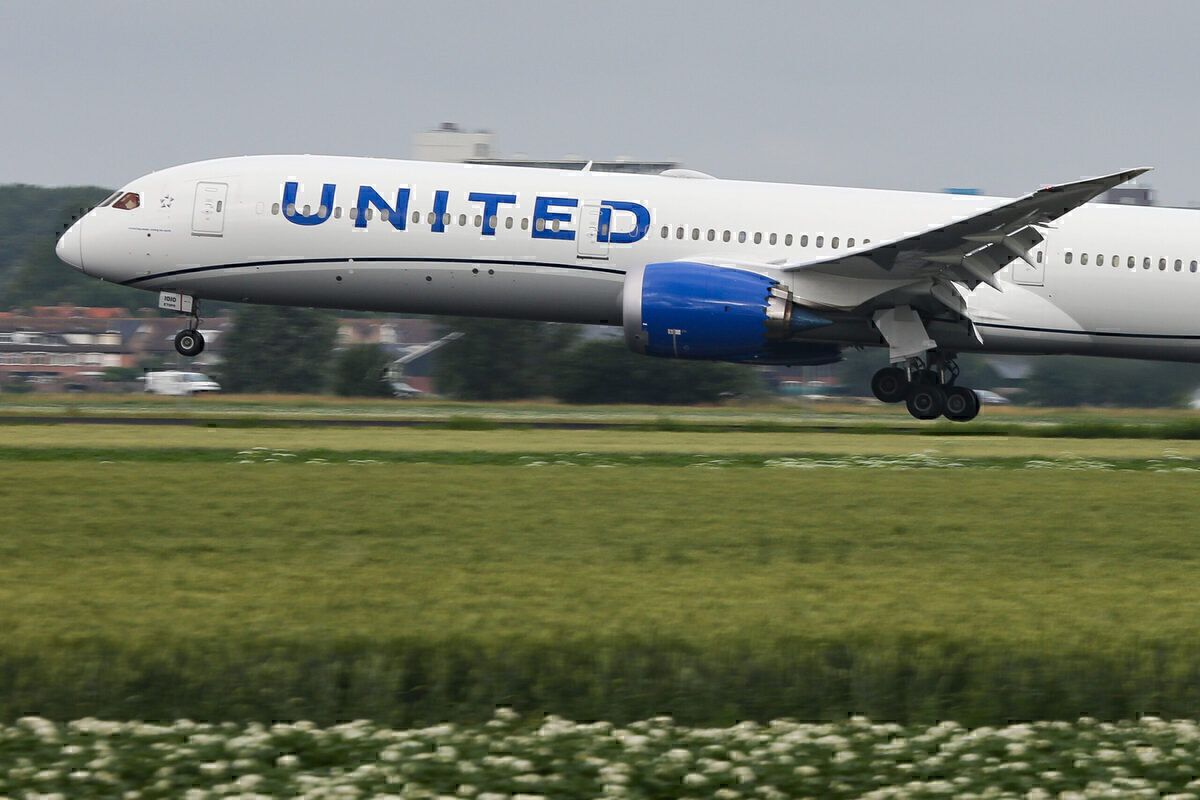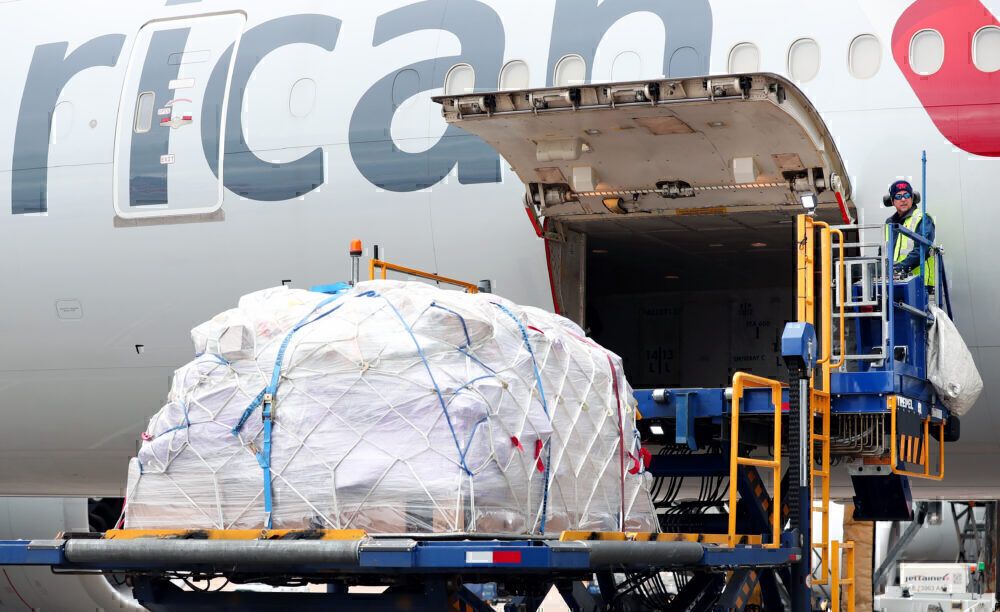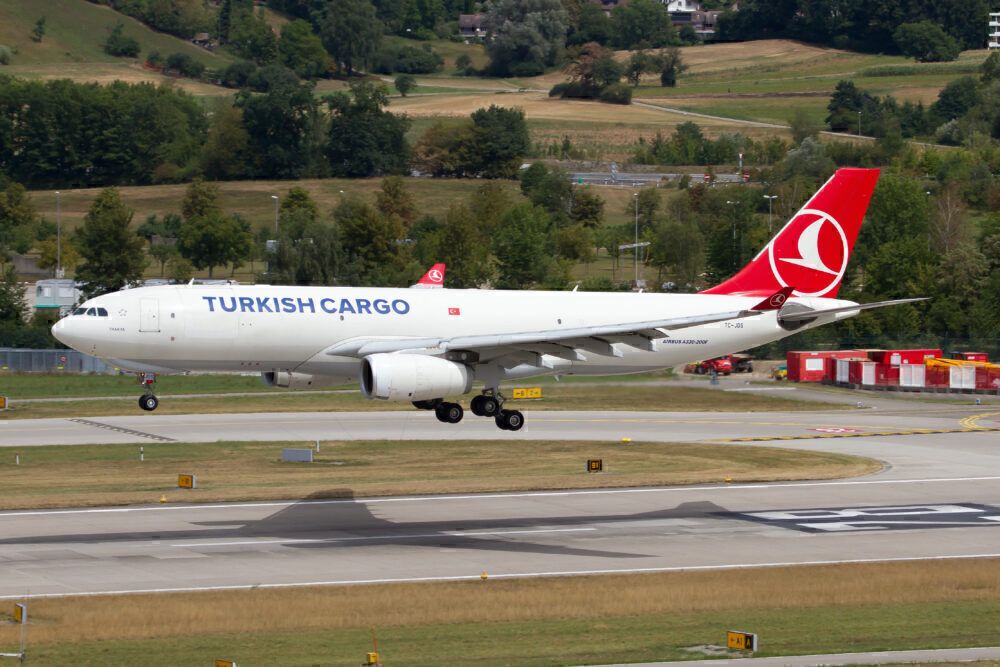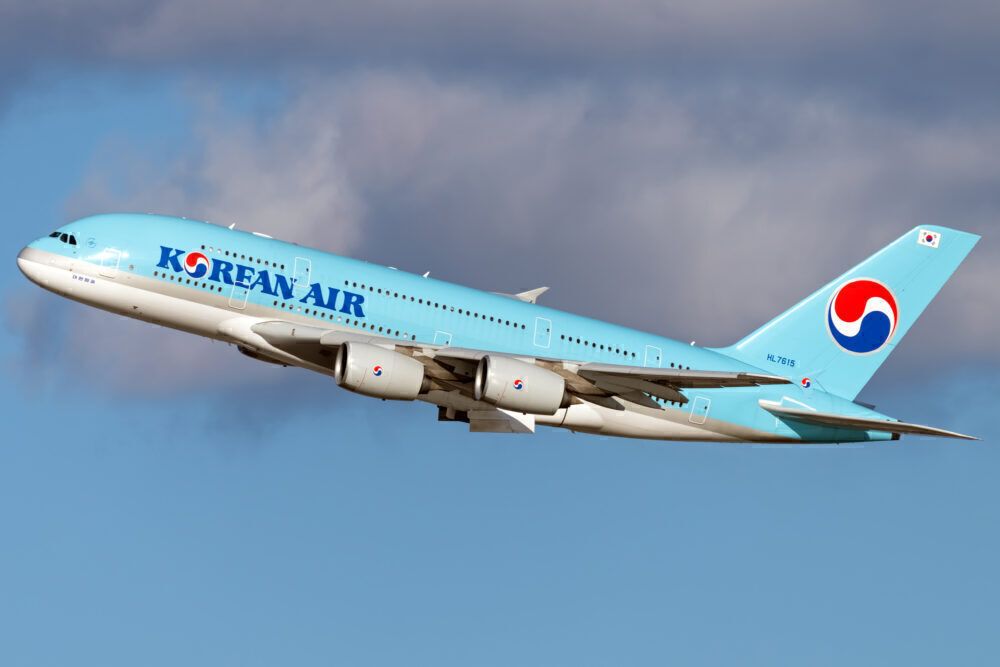Cargo has exploded in popularity over the last year as passenger airlines find a way to shore up revenue. Carriers globally have been flying temporary freighter aircraft or maintaining route networks just to fly cargo in bellyholds. Here's why cargo is key to the passenger aviation industry.
Key
Before jumping in, it is important to note that cargo has long played an important role in the passenger airline market. Prior to the pandemic, cargo carried in the belly accounted for more than half of all air freight capacity globally. Strong route networks meant that airlines were also able to use cargo to subsidize some passenger routes and vice-versa.
While the pandemic has undoubtedly shifted the dynamics (since many passenger routes are still canceled), cargo remains more popular than ever. Seeing this demand, airlines have quickly jumped on the chance to add new revenue streams.
Considering that freight traffic has been important for decades, nearly all modern aircraft come armed with large cargo bellies to accommodate pallets. Long-haul aircraft like the Boeing 777-300ER and Airbus A350 can both accommodate over 16,000kgs of cargo, capacity along with their high passenger numbers.
Stay informed: Sign up for our daily and weekly aviation news digests.
Quick shipping
One particular reason for the popularity of cargo on passenger aircraft is the quick turnaround times. While most cargo airlines make multiple stops between hubs and do not fly direct, passenger aircraft generally fly point-to-point or with a single stop. This makes priority cargo transit unique to passenger aircraft and increases revenue for airlines.
This means goods like perishables, priority freight, and high-value items are all in top demand for passenger aircraft cargo. Notably, many cargo shippers, like USPS and others, have contracts with airlines to ship their freight on passenger flights.
Some airlines around the world had long been capitalizing on their route networks to build a strong cargo presence. Airlines like Qatar Airways, Emirates, Cathay Pacific, and many others all have dedicated freighter aircraft and subsidiaries to fly cargo. However, most others just use their passenger jets' bellies for cargo transport.
The change
The pandemic has changed the face of the air cargo market. With millions sitting at home, demand for cargo has risen dramatically, allowing airlines to fill the gap. Carriers globally have been converting their passenger aircraft into "preighters" by removing seats and manually loading cargo. The high shipping rates mean that airlines can turn a small profit on flights, even without passengers onboard.
In particular, Korean Air, Asiana, EVA Air, and China Airlines have all managed to net operating profits in 2020 thanks to a focus on cargo. Even other airlines, like Emirates, credit cargo as being the reason they managed to stay afloat last year.
Cargo rates will eventually fall back to normal rates once passenger flights resume and demand slows. However, airlines will undoubtedly focus on the freight business in the future, understanding the benefits of diversifying revenue.
What do you think about the future of the passenger cargo market? Let us know in the comments!




